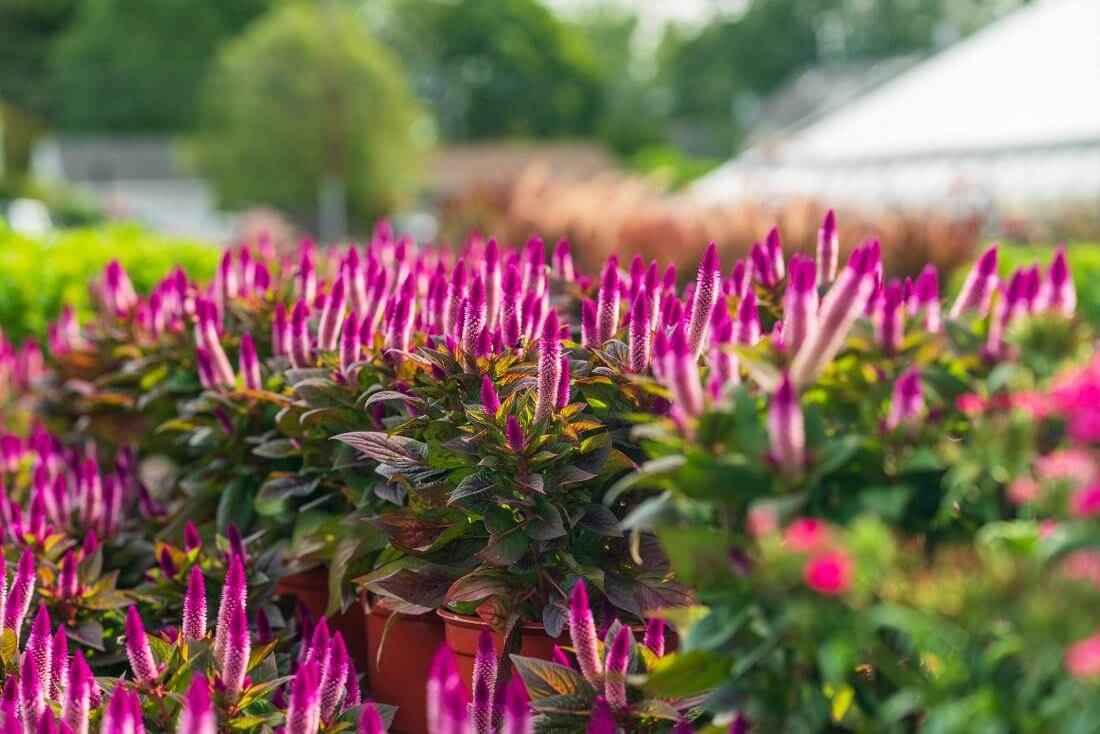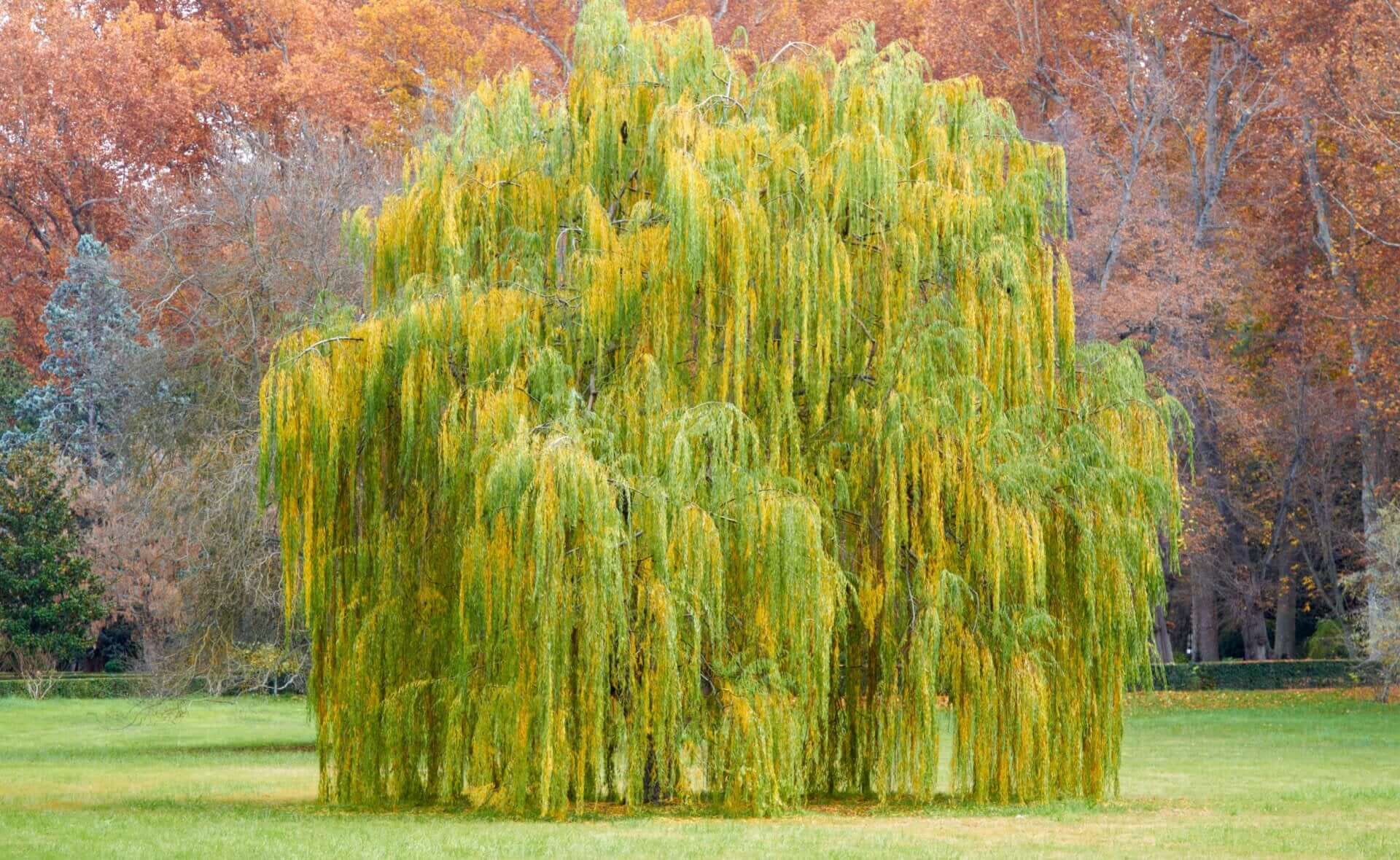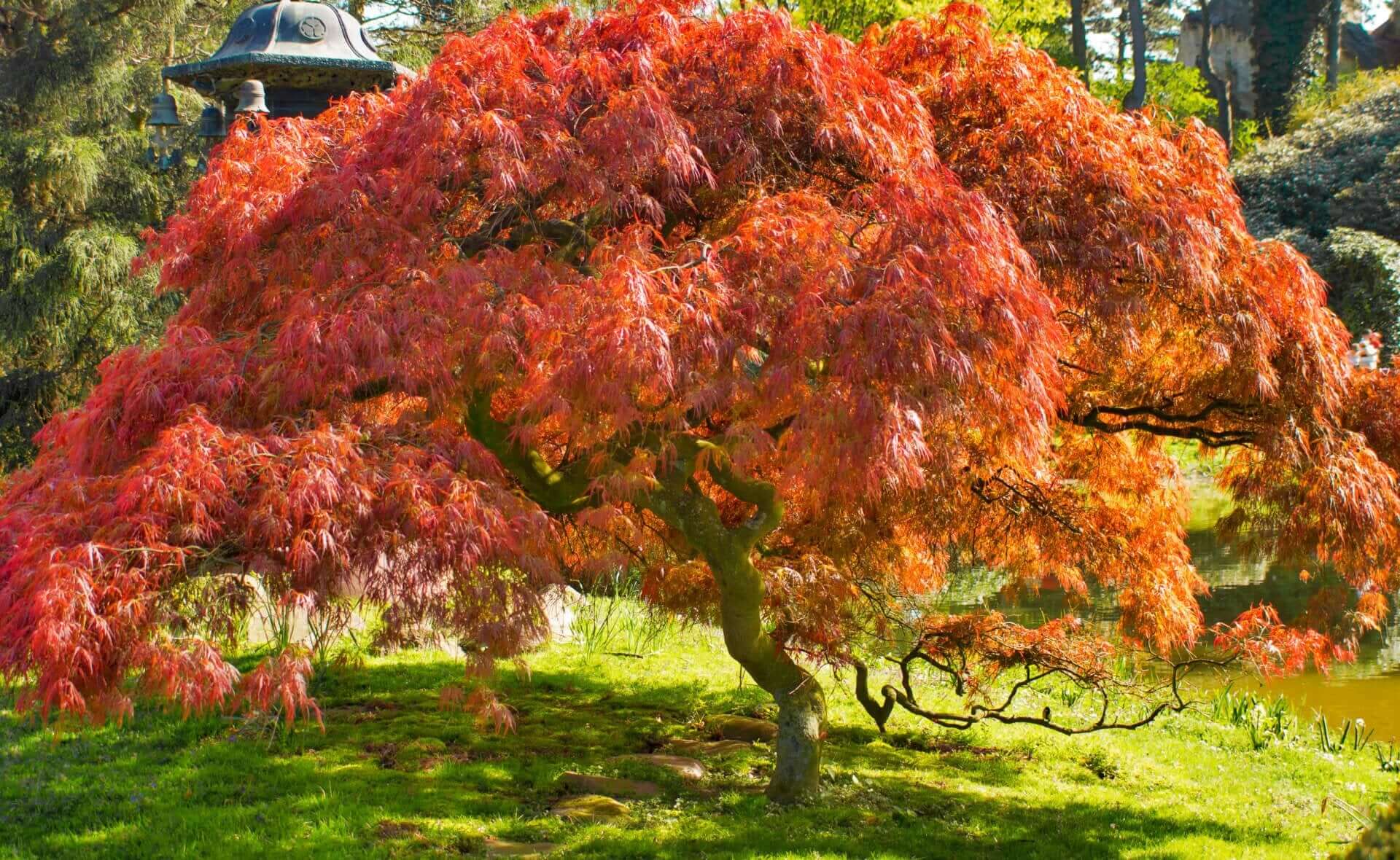Japanese Maple Trees Are A Graceful Beauty
Acer palmatum represents one of the most admired and coveted ornamental trees in horticulture. These trees have gained worldwide appreciation for their elegant appearance and beautiful foliage, making them beloved elements of gardens and bonsai collections. This exploration will guide us through the tree world to examine their specific needs and growth behaviors as well as their exceptional beauty that enhances any setting.
Japanese Maple Trees Create Dappled Shade Patterns with Sunlight
These trees possess distinctive foliage that shows variation in both color and shape among different cultivars. Understanding the optimal growing conditions for these trees is essential to help them reach their fullest potential. Achieving optimal growth requires maintaining a proper equilibrium between sunlight exposure and shaded areas. The trees grow best when they receive dappled shade because they need protection from strong direct sunlight during the afternoon. A tree should be planted in a spot that gets morning sun exposure and avoids afternoon sun intensity. Dappled shade enables the leaves of these trees to display their vivid colors while preventing sunburn, which happens when they receive too much direct sunlight. The coloration of a tree's leaves changes significantly based on the amount of sunlight it receives. The stunning red, orange, or purple foliage of numerous cultivars reaches its peak vibrancy when the tree gets the appropriate amount of light. Insufficient sunlight exposure results in muted leaf colors, while excessive direct sunlight exposure leads to leaf burn and reduces their beauty.
Slow and Steady Growth: 1 to 2 Feet per Year
Their slow and deliberate growth pattern makes them desirable as ornamental trees. The growth of these trees usually falls within 1 to 2 feet annually but the rate changes based on factors such as tree age and environmental conditions along with tree health. This slow growth rate enables gardeners and enthusiasts to train and trim their trees to reach their preferred appearance and dimensions. These trees make excellent additions to small areas such as courtyards and patios and work well for container gardening because their elegant presence enhances these spaces without becoming intrusive.
Japanese Maple Trees grow between 15 to 25 feet tall.
Initially appearing as fragile saplings, these trees have grown to become remarkable examples of their kind. The mature height of a tree generally spans between 15 to 25 feet, depending on its specific cultivar variety and environmental growth conditions. Their dimensions allow gardeners to use them effectively in both expansive outdoor spaces and smaller garden settings. Gardeners choose cultivars based on their spatial availability and desired garden look. Because they remain small in stature, the dwarf varieties such as Acer palmatum 'Dissectum' serve as perfect selections for limited garden spaces or decorative spots. The larger cultivars, such as Acer palmatum 'Bloodgood,' achieve the greatest size, allowing them to create a majestic presence in expansive landscapes.
Japanese Maple Trees: A Kaleidoscope of Beauty and Colors
Trees reach their peak beauty through their stunning foliage. The mixed shapes, sizes, and colors in their leaves transforms them into a captivating centerpiece for gardens and landscapes. Nature's true artists, these trees stand as they express their beauty through an ever-shifting spectrum of colors that change with each season. The trees display fresh, vibrant foliage when spring brings longer daylight periods and warmer temperatures. Red, orange, green, and purple leaf shades emerge to form a captivating color tapestry. 'Viridis' cultivars display lacy, finely dissected foliage, while 'Osakazuki' cultivars show profoundly lobed, palmate leaf shapes, making each cultivar distinct.
The arrival of summer keeps the colors alive, with certain varieties holding onto their bright shades while others shift to softer tones. Garden serenity emerges as delicate foliage performs gentle dances when touched by the smallest breeze. As autumn arrives, they put on their final yearly performance, delivering a stunning exhibition of colorful fall splendor to spectators. Nature's palette ignites the landscape with fiery reds, oranges, and yellows that wrap the surroundings in a warm and welcoming light. These vivid colors against the backdrop of cooler weather create feelings of nostalgia and wonder among observers. Even in winter, they offer something special. The distinctive bark textures and elegant branching structures of these trees maintain visual interest throughout the winter months to offer continuous garden appeal all year long.
The natural world displays its elegance and beauty through Japanese Maple trees. The combination of dappled shade and sunlight requirements with their slow growth and mature size makes these trees an adaptable and visually engaging asset for landscapes. The iconic status of these ornamental trees comes from their seasonal foliage which transitions from rich green tones in spring to blazing red hues in autumn. The magnetism of these trees draws both expert gardeners and beginner enthusiasts to explore the creative possibilities of their outdoor garden landscapes.
Read more

Two of the most common categories of plants are perennials and annuals. While both are beautiful and add color to any garden, they have distinct differences.

Weeping willow trees testify to nature's capacity for beauty and adaptation. Their name, inspired by the image of raindrops cascading down their leaves like tears, encapsulates their unique aesthet...


